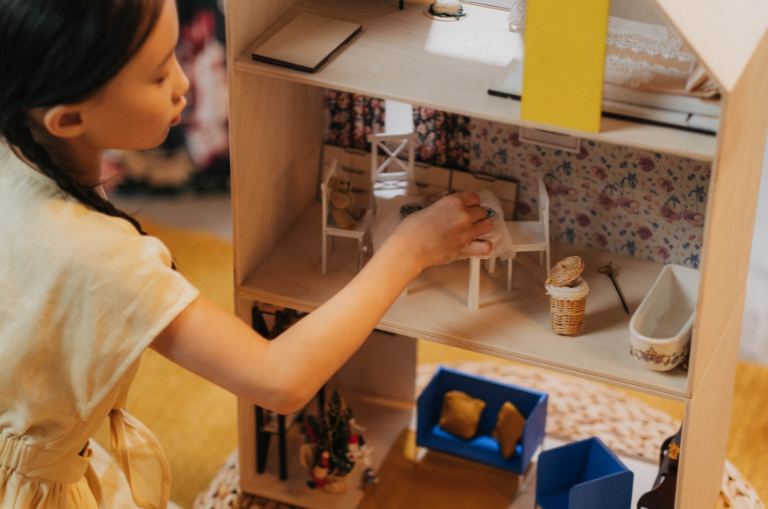Five top tips for gender equal play
– Katie Horsburgh, Policy and Practice officer: Children and young people,
Zero Tolerance
Young children are constantly learning how to behave from the world around them. It’s how they learn to do things, what’s right and wrong, and what people expect of them. They also pick up on gender stereotypes.
They absorb these rules about boys and girls from books, toys, TV, and the behaviour of adults. If we don’t show children diversity, they can be left with a very narrow idea of what it means to be a boy or girl. This will limit their choice of play, the skills they develop, and the type of education and careers they choose.
For example, if boys are shamed away from playing with dolls they may not develop empathy or care giving skills. If girls aren’t encouraged to play with construction toys or chemistry sets they may be less likely to show an interest in STEM subjects at school.
All children deserve to play freely in a fair, loving environment, where they can learn and explore the world without limits on what they can do, and achieve, because of their gender.
Here are our five top tips for gender equal play:
- Start with yourself
We have all grown up in an unequal world and absorbed gender stereotypes. It can be hard to recognise these biases but it’s never too late to start unpacking them. What clothes would you choose for children of different genders? What sort of praise do you offer them? Which toys do you expect them to play with? The adults in this BBC experiment found they all reinforced gender stereotypes.
It’s not that you can’t ever give a child a gender typical toy – it’s about recognising what happens when we only do this.
- Audit your environment and resources
The environment children play in has important role in counter-acting gender stereotypes.
Do the pictures on posters and toy boxes, and or in books show a diverse range of people doing non-stereotypical jobs and activities? Are colours or objects used to create welcoming spaces for everyone rather than a boys’ ‘construction area’ and girls’ ‘home corner’? Do your books have diverse characters or feature stereotypes like fearless knights, damsels in distress, men who are scientists or women who are (only) mums?
Rearranging your space can encourage children to have more variety and less segregation within their play.
- Use gender-neutral language
Have a think about what language you use when talking to the children. Could you say, “hello children” instead of, “hello boys and girls”? Could you give children compliments that focus on their achievements rather than their stereotypical traits (for example, ‘I like your skipping’ instead of ‘I like your dress’can make a big difference).
It is also good to explicitly remind children that non-gender stereotypical behaviour is okay, such as boys crying and girls feeling angry.
- Organise role-play and storytelling activities which counter-act gender stereotypes
Play with the children in a way which intentionally counter-acts gender stereotypes. Re-tell a classic fairytale with the characters’ genders swapped. Take on a non-stereotypical role in imaginary play — if you are a woman, you could play as a doctor, explorer, or astronaut; if you are a man you could play as a dad, nurse, or dancer.
- Develop a gender equality policy
Having a gender equality policy for your setting helps make sure that all practitioners and parents in your setting’s community are on board with promoting gender equality and counter-acting stereotypes.
You can find out more about creating a gender equality policy in our Gender Equal Play Toolkit.
About Us
Zero Tolerance is Scotland’s expert organisation on preventing and eradicating men’s violence against women and girls. We work to tackle the root cause: gender inequality.
Resources
Video about early years and gender stereotypes for Glasgow’s Gender Friendly Nursery Project





